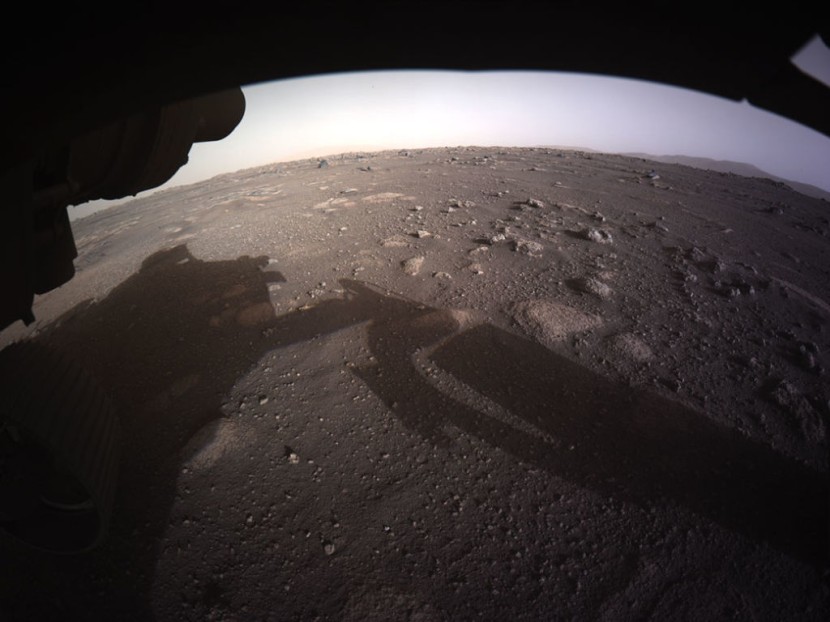The European Space Agency (ESA) hosted a historic YouTube livestream Friday featuring images directly from Mars as part of the 20th anniversary of the agency's Mars Express orbiter.
The spacecraft, launched in 2003, took three-dimensional images of the planet's surface to see it in complete detail.
Livestream From Mars Orbit
ESA Mars Express spacecraft operations manager James Godfrey said the livestream was a step up from taking images of the planet and distributing them days after. "I'm excited to see Mars as it is now - as close to a Martian 'now' as we can possibly get!" he said.
Transmitting images and videos in real-time depends on where Mars and Earth are in their orbits around the sun, with signals taking from anywhere between 3 and 22 minutes and an additional minute get through the wires and servers back on Earth to get the live stream started.
Once the cameras aboard the Mars Express began transmitting live images back on Earth, the lack of stars in the frame was noticeable. However, ESA project scientist Colin Wilson noted that Mars was bright in the frame. "If you're very close to it, it is even brighter," he explained.
Read Also : James Webb Detects Massive 6000-Mile-Long Water Plume Blasting Out From Saturn's Moon Enceladus
Transmission Hiccups

Like in other firsts, ESA's Mars live stream came with experiencing technical difficulties, especially as a ground station near Madrid experienced bad weather.
Other things viewers noticed include the appearance of Mars needing to be more iconically red than expected.
Mars Express visual monitoring camera expert Jorge Hernández Bernal explained that the spacecraft captured the planet as if someone was capturing an image using an iPhone instead of the naked eye. "Color is a very complex topic related to how our eyes work," he said.
Related Article: UAE Plans to Send Spacecraft to Asteroid Belt








